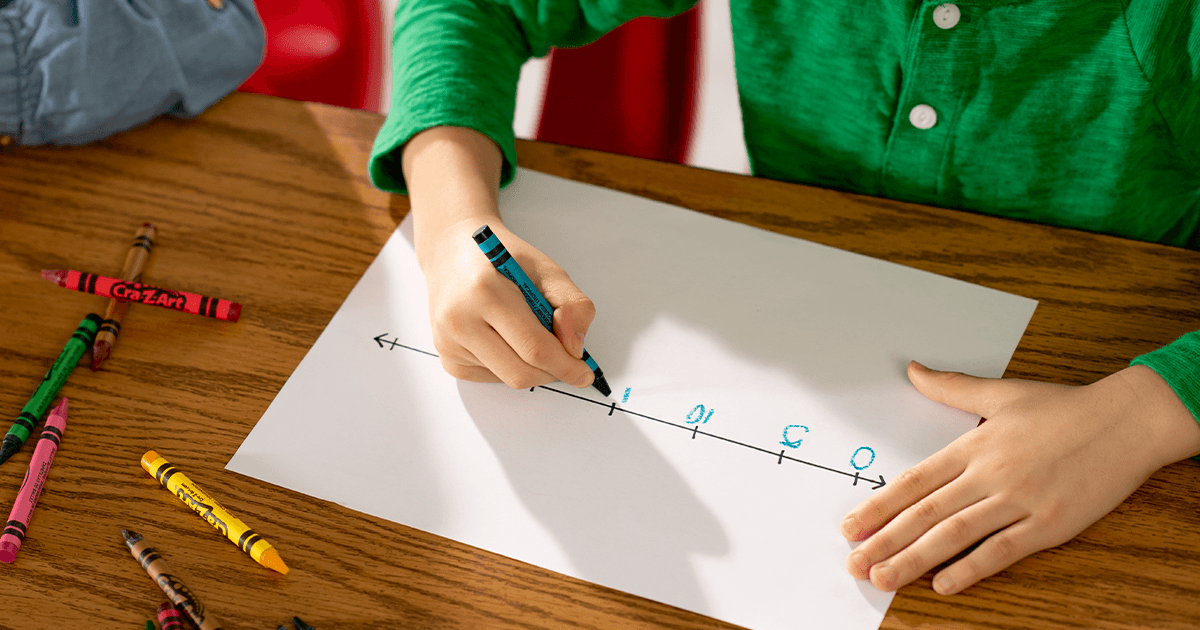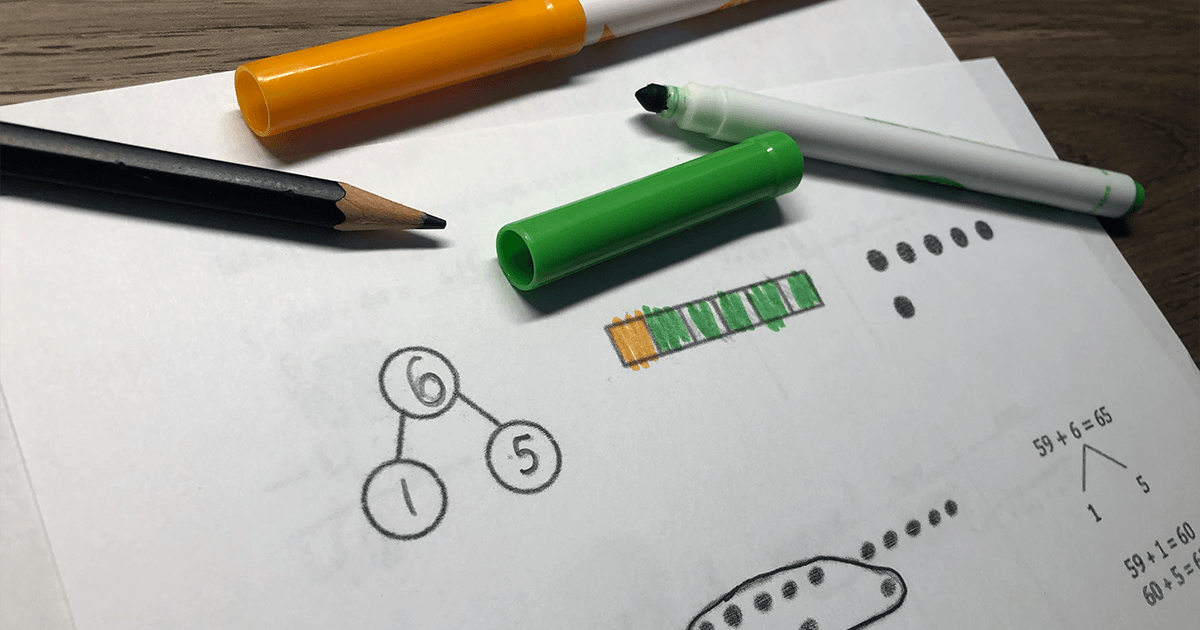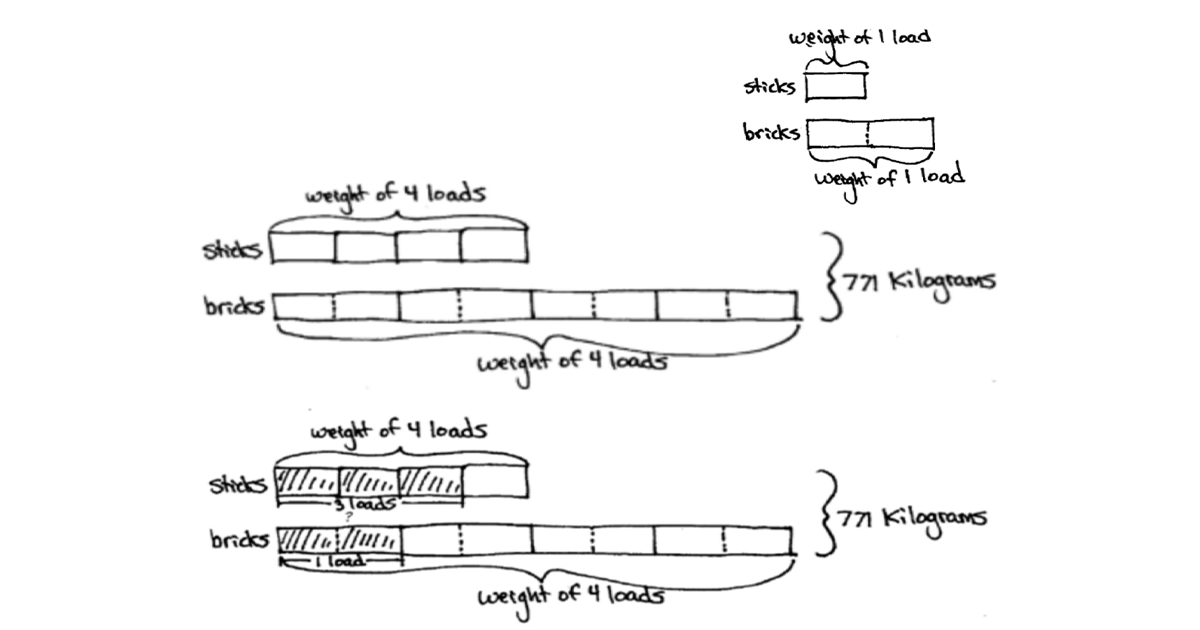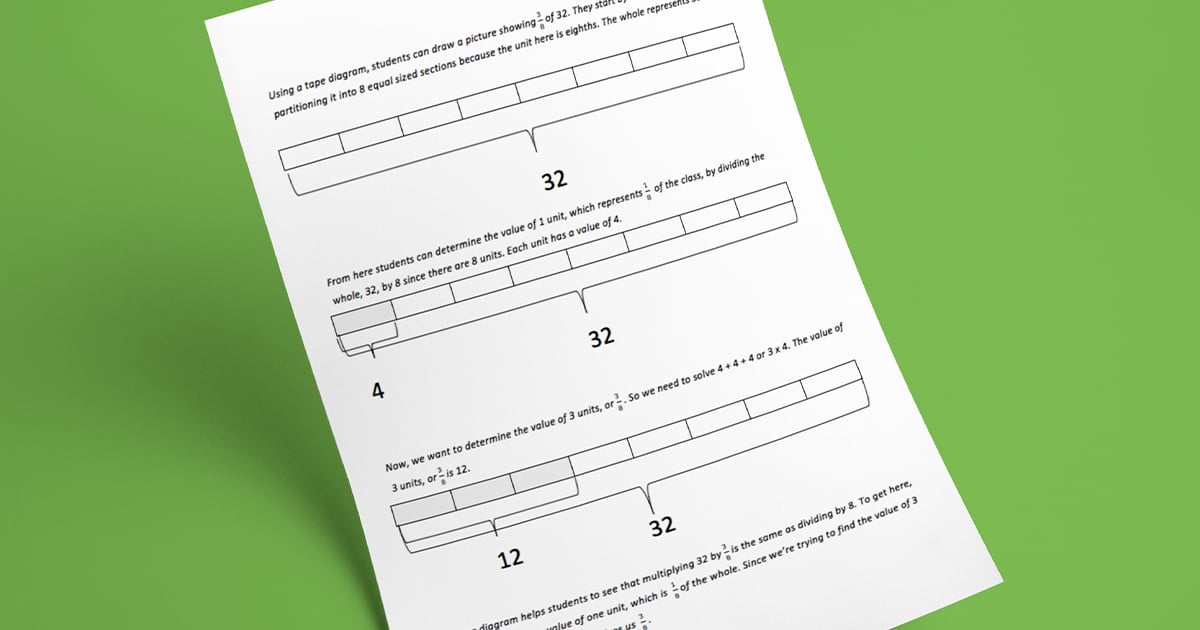Posted in: Aha! Blog > Eureka Math Blog > Models > The Number Line: A Powerful and Versatile Model
AHA! MOMENT
The number line is a powerful model that helps students develop flexibility in their thinking. Throughout the Eureka Math curriculum the number line is used to enable students to develop strong number sense and to recognize relationships among numbers. Early elementary students develop their thinking using manipulatives and the number path, which leads them to ultimately understand how to use the number line. The simplicity of the number line allows math students of all levels to develop an understanding of the relative magnitude and position of numbers. It’s also a strong aid in helping students work towards proficiency in visualizing operations. In this blog, I will illustrate how this model develops from Grade PK to Grade 6.
PRE-K
In Grade PK, students learn to count the “math way” from 1 to 5, starting at their left pinky and moving towards their left thumb, which prepares them to count from 6 to 10 beginning with the right thumb and continuing to the right pinky.
This prepares them for understanding the number path and the number line. In these early elementary years, students learn that numbers on the number line increase from left to right. The part of the number line to the left of zero isn’t addressed until much later.
Students also discover the pattern of 1 more through the development of number stairs for quantities of 1 to 5, realizing that as they move one step to the right, they are increasing the value by 1 more than they started.
GRADE K
In Grade K, students continue this idea that each successive number refers to a quantity that is one more than the previous number. They also recognize that the number before any given number is one less than that number, continuing the learning from PK where students broke down a tower of 5, removing one cube at a time while counting backwards. This understanding allows students to develop the idea of counting on rather than counting all, which begins in Grade K and develops further in Grade 1. Multiple opportunities are provided for students to develop their understanding of numbers and build intuitive strategies for solving addition and subtraction problems using the Rekenrek. This also aids in setting the foundation for students to understand the number line.
GRADE 1
In Grade 1, students use the number path to solve various problems. In the problem below, students solve for the unknown part:
5 + ___ = 8
Students may start at 5, hop to 8 and determine there are 3 hops so the missing value is 3. After first determining the unknown to have a value of 3, students can then use the number path again to solve a related subtraction sentence, 8–5 = _____ and determine the unknown is 3.
GRADE 2
The number line is first explicitly addressed in Grade 2 and is supported by the 20-bead Rekenrek. Students can see numbers to 10 as a number line and further develop their number sense. They begin working with the clock as a circular number line where the clock is made from a ribbon and marked at 12 points.
Students count backward and forward in intervals of five and relate the place on the ribbon to time. In Grade 2, students also relate addition and subtraction to length and begin to use the ruler as a number line where they measure lengths of line segments, find the sum of both line segments and compare the lengths (see image below to the left).
Towards the end of Grade 2, students draw and label a bar graph to represent data. They notice how the numbers on the graph help record data and also provide a tool that allows for a more efficient way of creating the graph, rather than counting each box to record the value in each category. Students also recognize the scale helps with more precise comparisons and relate the scale on the graph to the number line.
GRADE 3
In Grade 3, students have many opportunities to use the number line to aid in strengthening their understanding of various math concepts. They build upon their knowledge in Grade 2 and use the number line in Eureka lessons to tell time to the nearest minute. They count by fives and ones and solve word problems involving time intervals within 1 hour by counting backward and forward. The number line is used as a tool to help add and subtract to solve word problems involving time intervals within 1 hour
In addition, students use the number line to see fractions as numbers and begin using the interval from 0 to 1, where 1 represents the whole. They partition, place, count, and compare fractions. They also notice equivalent fractions are placed at the exact same point and recognize that whole numbers can be written as fractions.
GRADE 4
In Grade 4, students extend their learning in Grade 3 with unit fractions to explore fraction equivalence and extend this understanding to mixed numbers. A variety of models are used to aid in comparing fractions and mixed numbers as well as representing them. Benchmark fractions, such as 1/2, 1/3 and 1/4, are crucial as students work to generalize and make sense of the size of relative fractions and mixed numbers.
In the problem shown below asks a student to: Use a number line, multiplication, and division to decompose and compose fractions. Students first partition a number line into thirds and then decompose 1 third into 4 equal parts. Next, they write a number sentence using multiplication to show a fraction equivalent to 1 third on the number line (4/12)
Students also write the equivalence as a number sentence using division. Students verbalize that four copies of 1 twelfth is equal to 1 third and it’s possible to compose smaller units to make a larger unit.
In Grade 4, students also use the number line to compare fractions.
GRADE 5
In Grade 5 students build upon their work in Grade 4 to add fractions to and subtract fractions from whole numbers and mixed numbers.
Another way students use the number line is to assist in rounding decimals. In the example below, students decompose to round 9.975 to the nearest one, ten, tenth and hundredth.
In the final module in Grade 5, students relate the number line to the coordinate plane and graph coordinates in quadrant 1.
GRADE 6
In Grade 6, students extend their knowledge of the number line and the work done in A Story of Units to include the left side of zero: the negative numbers. Through strengthening their understanding of negative numbers, students build upon their work in Grade 5 in the first quadrant and further relate the number line to the coordinate plane to graph in all four quadrants
The number line model is one that appears frequently throughout the Eureka curriculum and this blog certainly does not illustrate every application of this model from Grade PK to Grade 6. Although the progression of the number line was only highlighted until Grade 6, the first year of A Story of Ratios, this model makes many appearances throughout the rest of A Story of Ratios and A Story of Functions. I challenge you to find examples of how this model is used throughout Grades 7 to 12.
This post is authored by Dawn Pensack, a Eureka Math writer for A Story of Ratios (Grades 6–8)
Submit the Form to Print
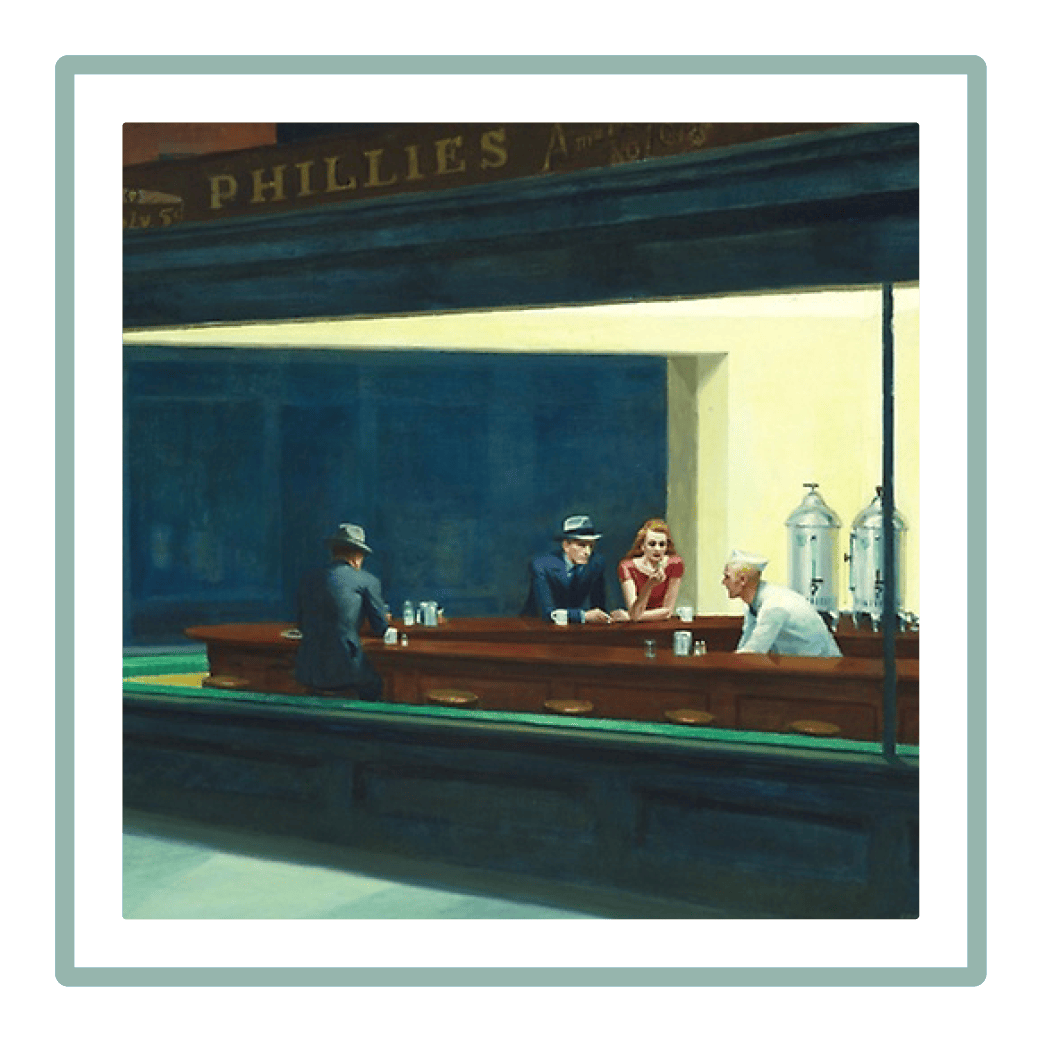
Great Minds
Great Minds PBC is a public benefit corporation and a subsidiary of Great Minds, a nonprofit organization. A group of education leaders founded Great Minds® in 2007 to advocate for a more content-rich, comprehensive education for all children. In pursuit of that mission, Great Minds brings together teachers and scholars to create exemplary instructional materials that provide joyful rigor to learning, spark and reward curiosity, and impart knowledge with equal parts delight.
Topics: Models



